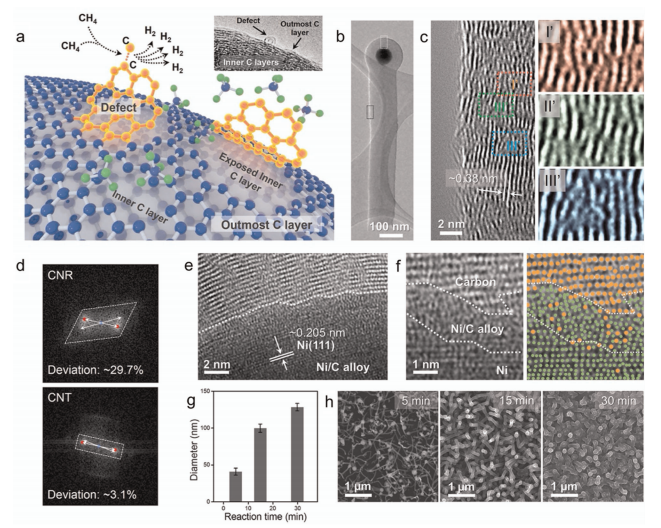文章专利

- 地址: 江苏省苏州市苏州工业园区若水路398号
- 邮箱: tzhang2009@sinano.ac.cn
- 电话: 86-512-62872706
- 传真: 0512-62603079
- 网址: http://nanosensor.sinano.ac.cn

Self-Cross-Linked Arrays Enabled Flexible Mechanical Sensors for Monitoring the Body Tremor. npj Flexible Electronics, 2020, 4:8;
Xuewen Wang*, Wei Fu, Guanhui Gao, Mandeep Singh Mehay, Lu Zheng, Hong Wang, Wu Zhao, Kian Ping Loh, Ting Zhang, Wei Huang, Zheng Liu*

Abstract:
Thin-film electronics played an important role in flexible healthcare sensor applications. The common status of their constituent blocks are solid film and network structures. However, the solid film could only sustain bend in a narrow range due to cracks, and the network structure decreased the sensitivity of flexion sensors due to the strong interactions between nanowires. New materials and technologies are urgently required for flexible sensing electronics, to produce the reliable data for assessment of the human body. Here, we report on a novel three-dimensional (3D) carbon nanorods array (CNA) that is characterized as vertically aligned nanorods and self-cross-linked junctions. We also demonstrate the CNA-based flexible healthcare sensors in monitoring the Parkinsonian tremors. Comparing with two-dimensional (2D) carbon nanotube networks and solid thin films, such self-cross-linked geometries are highly resistant to crack and fragmentation under strain. In the meantime, it shows high sensitivity and good stability (~10,000 times) to detect the flexions. These CNA-based flexible devices are capable of recording low-frequency vibrations (<6 Hz) and make it excellent to monitor the rest tremor of the human body, which is an initial symptom of Parkinson’s disease. The 3D self-cross-linked CNA film shows great potential in the fabrication of cost-effective and durable flexible sensors for early diagnosis of disease by monitoring the health-related rest tremors
Full Article:https://www.nature.com/articles/s41528-020-0071-3.
